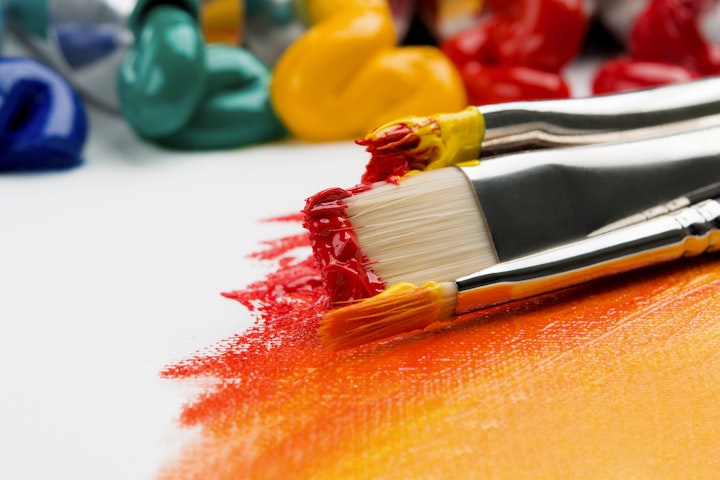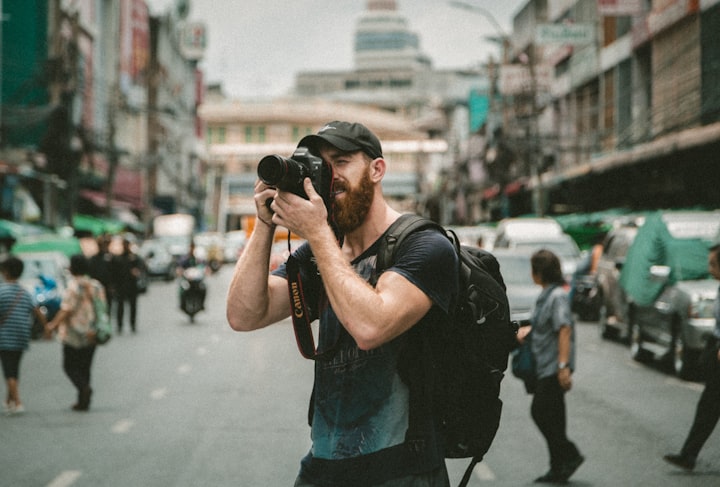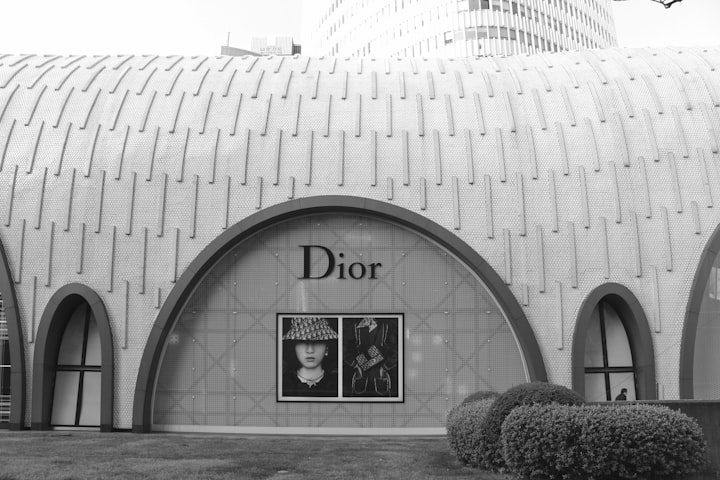The Transformative Power of Art.
Art is not only art, it is a lifestyle

Art has always held a profound place in human culture, transcending boundaries and evoking emotions. It has the unique ability to transport us to different worlds, provoke thought, and inspire change. This article explores how we can respond to art, nurture our own creative spirit, and embrace the joy of artistic expression. Whether you aspire to become an artist or simply want to appreciate and enjoy art, there are many pathways to explore.
Responding to Art: Embracing the Beauty of Interpretation
Art is a form of communication that invites personal interpretation and emotional connection. When encountering a piece of art, it is important to approach it with an open mind and heart. Allow yourself to be curious, to explore the layers of meaning, and to engage with the artist's intention. Remember, there is no right or wrong response to art. Each individual brings their unique perspective, experiences, and emotions, which shape their understanding and appreciation of a piece.
Nurturing the Artist Within: Unlocking Your Creative Potential
Becoming an artist starts with embracing your innate creativity. Everyone has the capacity to be creative, regardless of their background or skill level. Here are some steps to nurture the artist within:
Cultivate Curiosity: Embrace a sense of wonder and curiosity about the world around you. Pay attention to the beauty in everyday life, explore different perspectives, and ask questions that spark your imagination.
Practice Self-Expression: Engage in activities that allow you to express yourself freely, such as writing, painting, dancing, or playing an instrument. Let go of self-judgment and embrace the process of creation.
Seek Inspiration: Surround yourself with art in its various forms. Visit galleries, attend performances, read books, or listen to music. Allow yourself to be inspired by the creativity of others.
Embrace Mistakes: Don't be afraid to make mistakes or experiment with different techniques. Mistakes are opportunities for growth and discovery. Embrace the process, learn from your experiences, and keep pushing the boundaries of your creativity.
Becoming an Artist: Pursuing Your Passion
If you have a strong desire to become a professional artist, there are various paths you can explore. Here are a few examples:
Formal Education: Consider pursuing a degree in fine arts, graphic design, or a related field. Formal education provides a structured environment, exposure to different artistic techniques, and opportunities to connect with mentors and fellow artists.
Apprenticeships and Workshops: Seek out apprenticeships or workshops with established artists who can mentor and guide you in developing your skills. Learning from experienced artists can provide valuable insights and networking opportunities.
Self-Study and Online Resources: The internet offers a wealth of resources for aspiring artists. Explore online tutorials, forums, and virtual communities that provide guidance, feedback, and support.
Types of Art: Exploring the Vast Creative Landscape
Art encompasses a wide range of forms and mediums. Here are a few examples:
Visual Arts: Painting, drawing, sculpture, photography, and mixed media are all forms of visual art. They allow artists to create expressive and visually captivating works.
Performing Arts: Dance, theater, music, and film are all forms of performing arts. They engage the audience through live or recorded performances, combining movement, sound, and storytelling.
Literary Arts: Writing, poetry, and storytelling fall under the realm of literary arts. These forms of expression use language to evoke emotions and transport readers to different worlds.
Applied Arts: Design, architecture, fashion, and interior design are examples of applied arts. They combine aesthetics with functionality, creating practical and visually pleasing objects or spaces.
Embracing Art: Joy in the Journey
Ultimately, the joy of art lies in the process itself. Whether you become a professional artist or simply enjoy creating for your own pleasure, art allows you to explore your inner world, connect with others, and experience the transformative power of creativity. Embrace the journey, be open to new experiences, and find inspiration in the beauty that surrounds you.





Comments
There are no comments for this story
Be the first to respond and start the conversation.